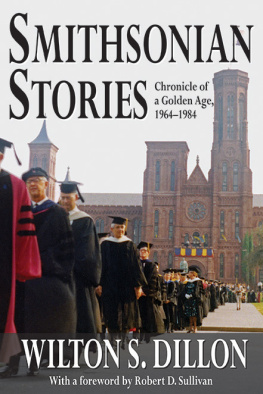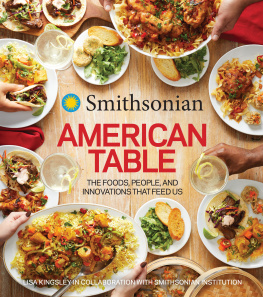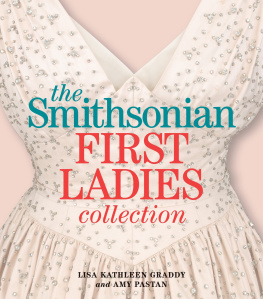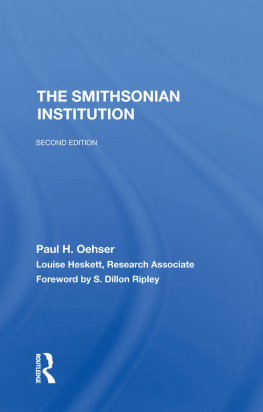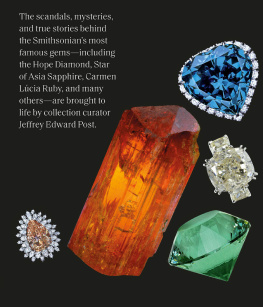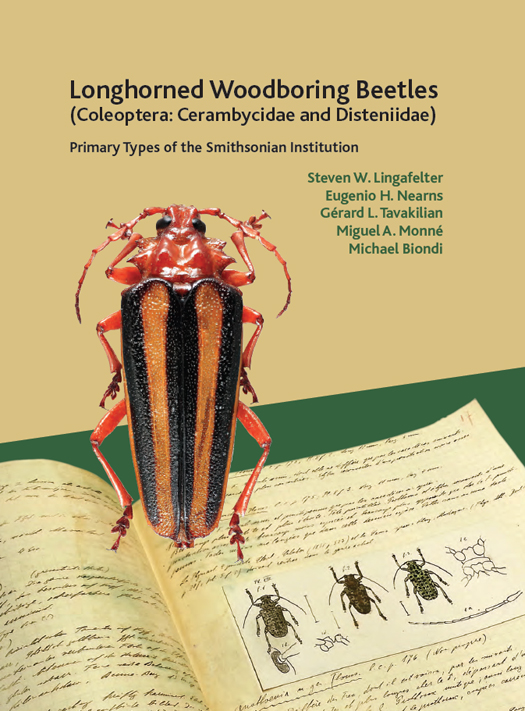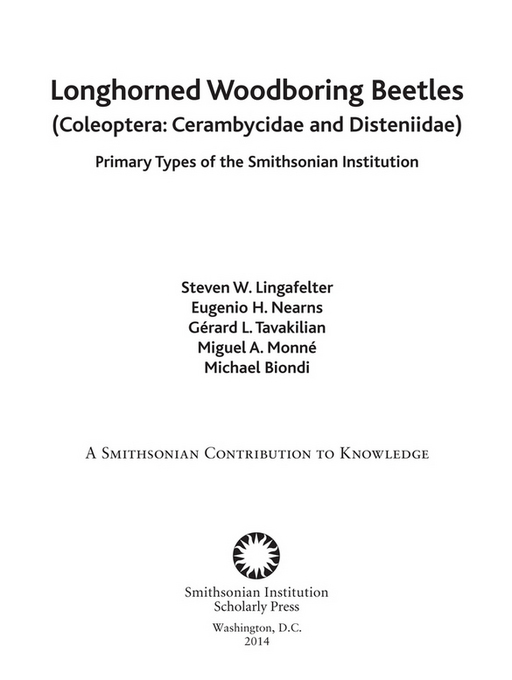Abstract. The primary types of longhorned woodboring beetles (Coleoptera: Cerambycidae, Disteniidae) of the National Museum of Natural History (Smithsonian Institution) are catalogued and figured, current through 2012 (but also including many 2013 holotypes). Data on the original combination, current combination, current tribal classification, and type locality are verified and presented. A history of the collection, with biographies of the major systematists who contributed to its growth, is presented. This collection now contains 2,156 primary types from 82 countries, making it among the most important collections of longhorned woodborers in the world in terms of quantity and breadth. The collection includes 1,815 holotypes, 280 lectotypes (including 260 designated herein), and 6 neotypes (including 4 designated herein).
A total of 113 proposed names are determined to be infrasubspecific and therefore unavailable, following the provisions of ICZN 45.6, and are excluded from the formal catalog. At least 38 primary types believed to have been present in the Smithsonian Institution collection could not be found and are presumed lost or deposited in other collections. Ninety-five specimens were labeled and segregated by others as primary types, but no evidence of their formal descriptions could be found and they are determined to be nomina nuda. Published by
SMITHSONIAN INSTITUTION SCHOLARLY PRESS
P.O. Box 37012, MRC 957
Washington, D.C. 20013-7012
www.scholarlypress.si.edu Some materials in this publication may be owned either by the Smithsonian Institution, by contributing authors, or by third parties and are credited accordingly.
Fair use of materials is permitted for personal, educational, or noncommercial purposes. Users must cite author and source of content, must not alter or modify copyrighted content, and must comply with all other terms or restrictions that may be applicable. Users are responsible for securing permission from a rights holder for any other use. Cover images: Derancistrus hovorei Lingafelter & Woodley, 2007; Calliclytus macoris Lingafelter, 2011 (drawing by Taina Litwak). Library of Congress Cataloging-in-Publication Data Lingafelter, Steven W.
Longhorned woodboring beetles (Coleoptera: Cerambycidae and Disteniidae) : primary types of the Smithsonian Institution / Steven W. Lingafelter, Eugenio H.
Nearns, Grard L. Tavakilian, Miguel A. Monn, Michael Biondi.
pages cm. (A Smithsonian contribution to knowledge)
Includes bibliographical references.
ISBN 978-1-935623-40-3 (alk. paper)
1. 2. 2.
CerambycidaeClassification. 3. CerambycidaeCatalogs and collections. I. Nearns, Eugenio H. (Eugenio Hernn) II.
Tavakilian, Grard L. (Grard Luc) III. Monn, Miguel A. IV. Biondi, Michael, 1982 V. VI. VI.
Series: Smithsonian contribution to knowledge.
QL596.C4L55 2014
595.7648dc23 2014005388 ISBN: 978-1-935623-40-3 (print)
ISBN: 978-1-935623-41-0 (ebook) v3.1
Contents
Preface
T he history of the National Insect Collection of the Smithsonian Institutionand especially that of the longhorned woodboring beetle collectioncannot be discussed without an understanding of its dependence upon the United States Department of Agriculture (USDA) for its foundation and growth. The Smithsonian Institution was founded in 1846 but had no dedicated entomology staff until the Department of Entomology was established in 1881. From 1879 to 1881, Professor John Henry Comstock served as Chief Entomologist of the USDA. Although he had no formal appointment with the Smithsonian, Comstock played an active role in seeking to establish a national collection of insects. For example, he reported in 1879 that he purchased 500 Schmitt boxes to house the collection nucleus at the Smithsonian, and other reports show that he acquired 1,600 entomological slides and 40 cases of pinned material (mostly Coleoptera and Lepidoptera) during his tenure as Chief Entomologist with the USDA (Sabrosky, 1964). In 1881 Charles Valentine Riley () was selected as Chief Entomologist of the USDA, replacing Comstock, and concurrently served as the first curator of the Smithsonians Department of Entomology, although this was an unsalaried position.
Comstock never formally held this title (Sabrosky, 1964; Flint et al., 1976; Gurney, 1976; Spilman, 1989). Riley probably was initially the most instrumental force in founding and developing the Smithsonian insect collections. He had established himself as a preeminent entomologist, working for nearly 20 years on agriculturally important insects in Missouri and elsewhere before being designated USDA Chief Entomologist (Gurney, 1976; Spilman, 1989). After his designation as Honorary Curator at the Smithsonian Institution, he formally transferred the USDA collections to the Institution in 1881, along with his private collection of 115,000 pinned specimens in 1885 (Sabrosky, 1964; Spilman, 1989). Prior to these transfersand the formal establishment of a Department of Entomology with full time staffthe Smithsonian had an agreement with its collaborators (e.g., John Lawrence LeConte) who worked on loaned material collected by the Institution that the type specimens of insects [can] be reclaimed at any time when required by the Institution (Sabrosky, 1964). The appointment and determination of Riley enhanced the ability of the Smithsonian to properly house and care for collections and stabilized the environment for the secure guardianship of primary types.
As part of the agreement to make the formal transfer of his private collection in 1885, Riley lobbied successfully to the Secretary of the Smithsonian, Spencer Fullerton Baird, for permanent, paid staff to care for the collections (Sabrosky, 1964).
Figure 1. Early Smithsonian-based entomologists:
(a) Charles V. Riley;
(b) Colonel Thomas L. Casey;
(c) Eugene A. Schwarz;
(d) Warren S.
Fisher (a courtesy Special Collections, National Agricultural Library; b courtesy Smithsonian Institution Archives; c National Museum of Natural History files; d courtesy Joe and Catherine Hubert). Martin L. Linell was the first Coleoptera specialist officially hired and also the first to describe Cerambycidae at the Smithsonian. Serving from 1889 until his sudden death in 1897 at the young age of 48, Linell was only the second salaried entomologist at the museum; John Smith, a lepidopterist, was the first. Linells position was Museum Aid (Flint et al., 1976), and his broad job duties and relatively short career before his death meant he had a relatively sparse publication record; he nevertheless described 16 species of Cerambycidae in his eight years at the Smithsonian, starting with two published in 1896, representing some of the earliest described material in the collections and, therefore, the foundation for the Cerambycidae type collection. Linell was educated at Lund University in Sweden and his papers clearly demonstrated his classical training in languages and science.
Chittenden (1897) writes: had his life been spared his name would have been placed in the first rank of the systematists of his day. The Coleoptera collections surged in breadth and volume when Eugene A. Schwarz (), a subsequent Custodian of Coleoptera. Schwarz made over 25 major expeditions throughout his career to all parts of the United Statesespecially Michigan, Florida, Texas, and ArizonaCuba, Mexico, Guatemala, and Panama (Howard et al., 1928). In addition to his own specimens, the museum received many important collections during his 30 years of association due to the professional relationships (like with Hubbard and Barber) he cultivated (Mallis, 1971). As mentioned, and due in large part to the collections that Schwarz donated, the Coleoptera collection grew substantially during this time, and Schwarz was instrumental in introducing measures to continually improve its care and organization (Schwarz, 1891; Mallis, 1971).


